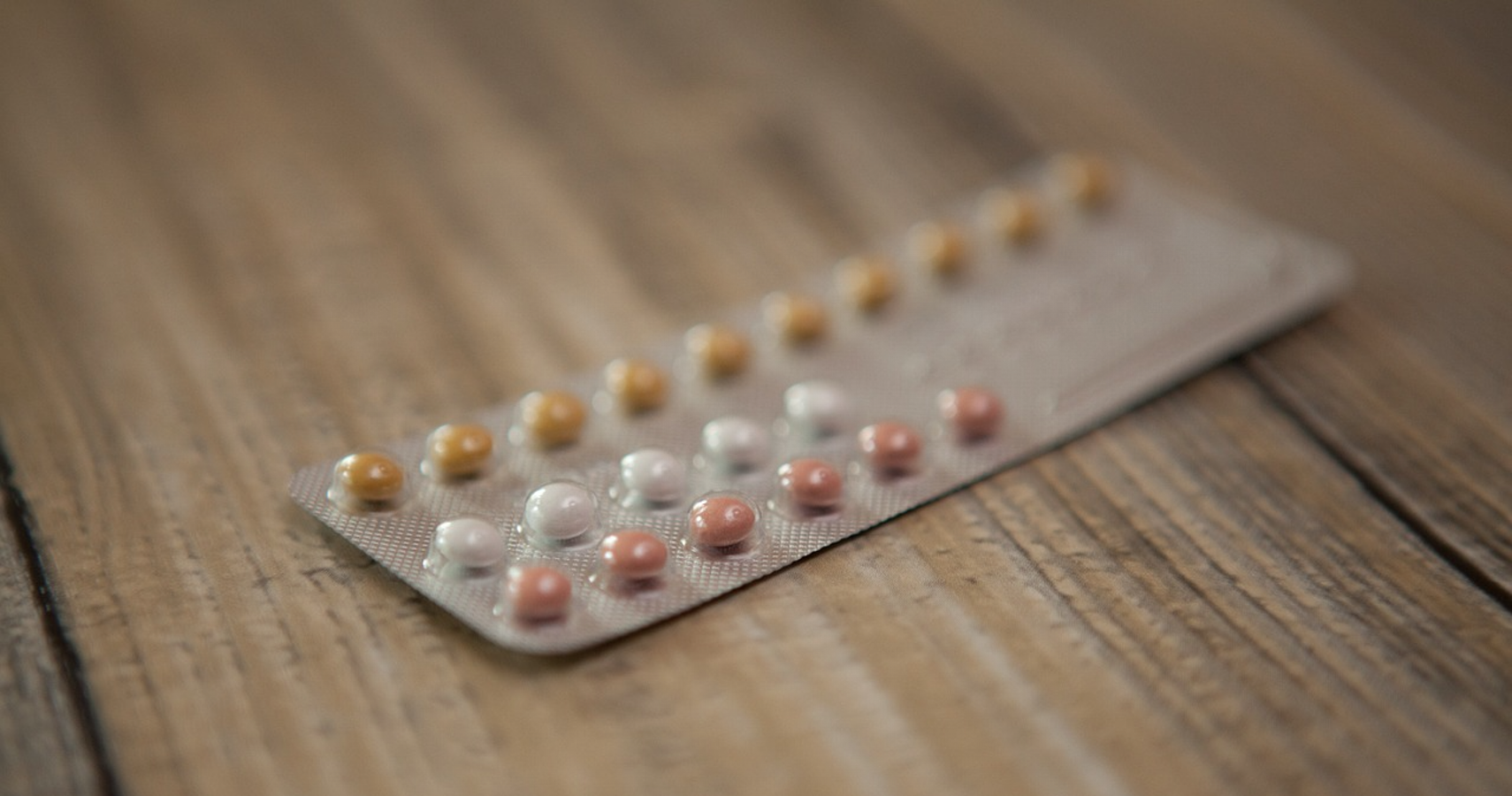When women are trying not to get pregnant, they expect their birth control pill to protect them from expecting. However, after the choice is made to start a family, women and their partners want to find out that they are conceiving as soon as possible. But with the combination of hormones in birth control pills that are designed to stave off pregnancy, it can take some time for ovulation to begin again. And because of this, knowing what the signs of ovulation are after stopping birth control can clue women into when they are first physically able to conceive after using oral contraceptives.
Taking the pill as prescribed is one of the most effective ways of not becoming pregnant before the time is right for women and their partners. But because of how well oral contraceptives work, it can take time for the body's hormones to return to levels that allow for conception to occur after no longer taking them. This timeframe, according to WebMD, can be anywhere from one to three months, depending upon how long the pill was taken. Therefore, watching for changes in the cycle within this span of time and shortly thereafter, should key women in as to when conception is possible again.
Here are signs you are ovulating after stopping the pill.
5 Changes In Basal Temperature
When the ovulation window is present, the basal temperature will rise slightly. However, to determine when this is, tracking temperature daily needs to be done to look for a pattern.
According to the Mayo Clinic, it is necessary for women to take their temperature at the same time every day before they get out of bed to see what their normal basal temperature is. As they get closer to ovulation, per the publication, the temperature will begin to rise. When it is half a degree above the normal temperature, then the ovulation window is generally present giving women the opportunity to conceive.
4 Changes In Cervical Mucus
Cervical mucus is key in helping with conception. While on the pill, there are no changes in the mucus that occur because the hormones from the pill are stopping the body from getting pregnant. However, when the decision has been made to start a family and women are no longer on the pill, a sign that conception can happen is a change in the cervical mucus.
According to the Cleveland Clinic, when ovulation is not occurring, there is not any discharge from the cervix due to it being "thick and dry." However, as the menstrual cycle progresses, the cervical mucus will change to be that of the consistency of an egg white, per the publication. When this appears, women will know that they are in their fertile window and have an opportunity to become pregnant after no longer taking the pill.
3 Cramping In Abdomen May Occur
Something that women likely did not miss while on the pill is getting cramps. For some, they are debilitating and can disrupt life. However, they are also a sign that conception is possible after going off the pill.
According to Everyday Health, the pain that women feel when they are in the fertile part of their cycle is known as "mittelschmerz," or middle pain. This pain occurs when the follicle "ruptures" and releases an egg to be fertilized.
While it can range from mild discomfort to fairly severe pain, the cramping in the abdomen is a sure sign that ovulation is occurring and that if the timing is right, getting pregnant can occur.
2 Light Spotting Is Common
When there is light spotting present, it is a sign that women are in their short window of ovulation. As such, if attempting to get pregnant, this is the time to attempt to make conception happen.
According to Healthline, the color of blood present is a good indicator of what is happening with women's cycles. For those who have a light pink color mixed with cervical mucus, it is an indication of ovulation. This is much different than what women would experience for their periods or even for implantation spotting.
Therefore, keeping an eye on the color of spotting will let women know if they are experiencing ovulation or not.
1 Breast Tenderness May Be Present
After getting off the pill, hormones are no longer chemically controlled. Because of this, the body's hormones levels can cause changes in the body not experienced while using oral contraception. And one of those changes for some is breast tenderness.
According to MedicalNewsToday, right before ovulation, an increase in estrogen and the luteinizing hormone occurs. This spike in hormones can cause soreness in the breasts to occur due to the breast tissue being stimulated by the hormones.
Others still may experience breast pain as progesterone levels rise shortly after ovulation occurs, per the publication. What this means is that regardless of whether it is estrogen or progesterone causing breast pain, ovulation is occurring, and conceiving a baby may be possible.
Source: WebMD, Mayo Clinic, Cleveland Clinic, Everyday Health, Healthline, MedicalNewsToday

